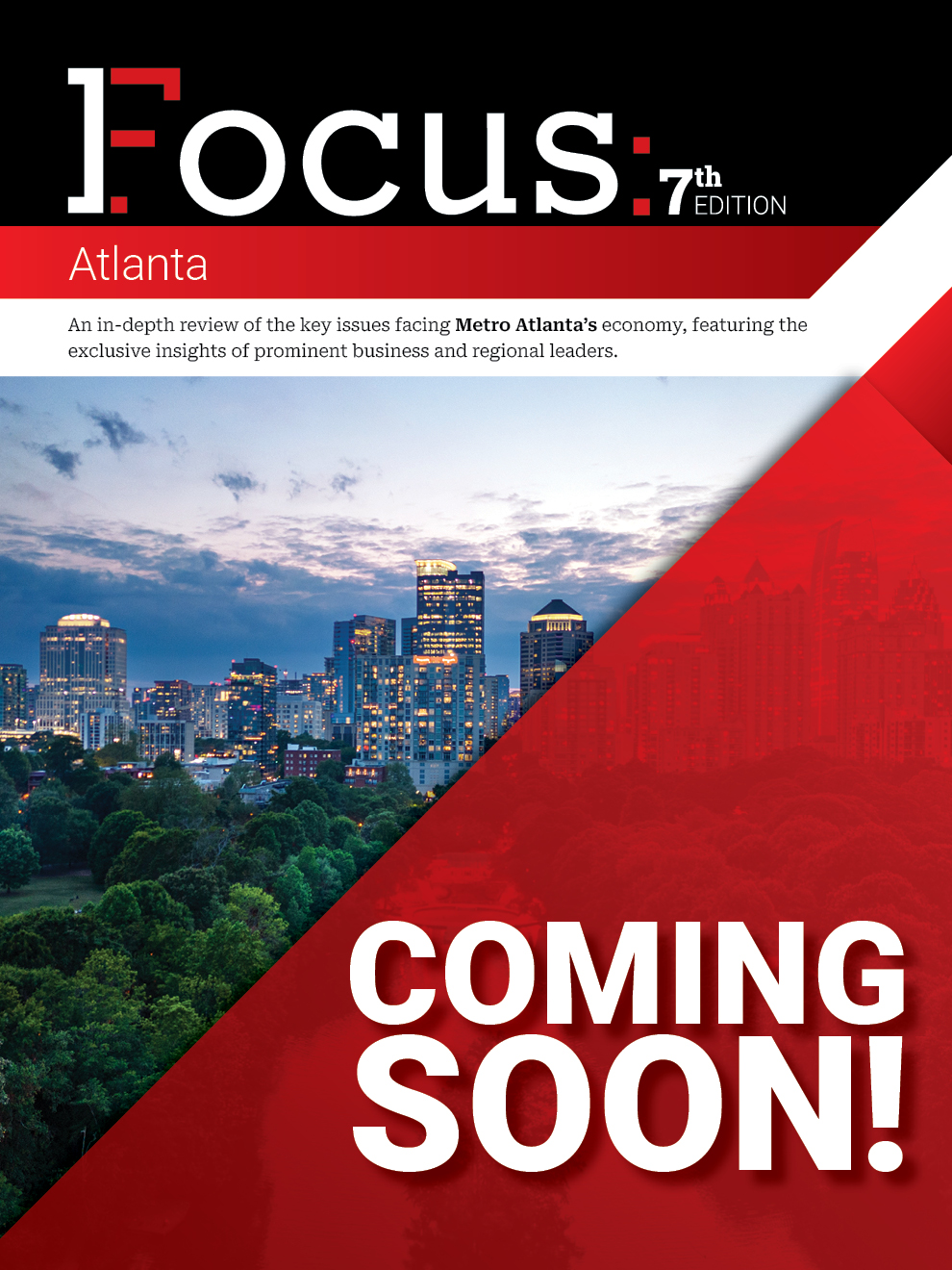Spotlight On: Steven Spencer, Airport Director, Cobb County International Airport, Hartsfield-Jackson Atlanta International Airport
 July 2024 — In an interview with Focus:, Steven Spencer, airport director of Cobb County International Airport, talked about the advantages that having an on-site customs facility offers to the airport’s clients and implementing landing fees as another revenue source.
July 2024 — In an interview with Focus:, Steven Spencer, airport director of Cobb County International Airport, talked about the advantages that having an on-site customs facility offers to the airport’s clients and implementing landing fees as another revenue source.
What are the key milestones and achievements for Cobb County International Airport in the past year?
We had a record year, with over 100,000 operations at the airport. We have become the fourth-busiest airport in the state of Georgia. We have experienced growth pains because of that. As a result of our growth, the Federal Aviation Administration (FAA) is requiring us to make some modifications to our taxiway layouts. With the increase of aircraft operations, the FAA is requiring us to move our taxiways further away from the runway centerline to improve operational capacity. The FAA requires a certain amount of feet between wingtips when one aircraft occupies the runway and another aircraft is on the taxiway. These needed improvements will allow us to accommodate the operational needs as we grow.
How does Cobb County International Airport’s service offerings, including full-service FBO and flight schools, contribute to the airport’s revenue?
There are two revenue streams for our airport. One thru the sale of fuel via a fuel flow fee, and the other is ground and hangar leases. When someone wants to bring a flight department or flight school to the airport, we lease land or hangar for a period of years and they will either build a hangar on the land or make improvements to the existing hangar. The time frame of the lease gives them years to amortize their investment. When the term of the lease expires, that new hangar becomes the property of the airport.
The value is the lease, not necessarily the structure. If someone decides to sell their flight school, for example, having only 15 years left on their lease means the new buyer has less time to amortize their investment. The more remaining years on the existing lease make the investment more valuable when they try to sell it. In regards to a fixed-base operator (FBO), they lease apron and hangar space from the airport. The FBO provides services for the airport and the FBO makes a return on their investment by providing those services.
Additionally, we recently implemented landing fees. As discussed above, based tenants contribute to our operating expenses through fuel purchases and leases, visiting aircraft do not regularly contribute, and fuel purchases are optional. Collection of these landing fees ensures that visiting aircraft also contribute to the Airport’s operating and capital expenses. Aircraft that are based at Cobb County International Airport are exempt from the landing fees.
What are the distinguishing factors that make Cobb County International Airport stand out from other airports in Georgia?
We have the longest general aviation runway in the Greater Atlanta area. We also have a customs facility on-site, so our customers or visiting aircraft to the Atlanta area do not have to fly to a port city like Miami or New York. They can get an overflight waiver and land directly at our airport and be processed as if they were at Hartsfield-Jackson Atlanta International Airport, where there is a customs facility. Our customers can basically go through the same type of process as if they were going through the system at Hartsfield-Jackson. This saves the customer time, which for most of them equates to cost.
We also have an aircraft firefighter rescue (ARFF) unit at Cobb County International Airport. These are the same fire vehicles that you would see at a commercial airport. The Cobb County Fire Department has invested in providing a better level of service for our customers.
Additionally, we are in the process of building additional hangars. The Atlanta area is in short supply in the hangar market. As the region continues to grow and more businesses come, they bring their flight departments or need to put their aircraft somewhere. There is a big hangar shortage at all the surrounding airports, so we are hoping to fulfill a need to those new tenants and businesses interested in investing in Cobb County.
How is Cobb County International Airport adapting to the advancements in aviation technology and the growing demand for sustainability?
Air mobility is changing, with self-flying drones that are delivering packages and eventually people, although it is going to be a while before people are transported. When planes first came out, nobody would get into them. They were used primarily for the postal service. The same situation will occur with drones. The technology will advance from transporting critical packages (medical supplies or high-priority parts) to everyday packages, to eventually transporting people to different destinations. We will probably start seeing people transporters as a tourist attraction in the Grand Canyon or at Niagara Falls where those drones get you up and closer than a helicopter or airplane can. As technology advances and the consumer becomes more confident, it will eventually become a standard form of transportation.
Georgia’s Department of Transportation did a big feasibility study for air mobility demand for the entire state. It would work great in the Atlanta area to help reduce the increasing traffic and strain on the existing transportation infrastructure. Airports with large open areas built to support flight operations are likely starting grounds for this form of transportation. The tough part for airports is building the infrastructure for it. The current power source for air mobility is electric, so we would need to bring a bigger power grid to the airport. For some airports, this electrical demand is not available and would take considerable time and effort to bring that electrical infrastructure to the airport. It is, however, possible that electric is not the future of air mobility, but a different fuel source like hydrogen. Because of that, airports need to educate themselves and make plans to eventually build some type of system. It might be too early for some airports to invest in one type of system since technology evolves so quickly.
What is your outlook for the aviation industry and the Cobb County International Airport for the next two to three years?
The crisis of 2007 and 9/11 were bad for aviation, and the industry took a downturn. Nevertheless, aviation is now roaring as we become more and more of a global economy. There was a time when a company’s manufacturing was on the East Coast and its headquarters were on the West Coast, so people would have to travel within the United States requiring smaller aircraft to meet those travel needs. Nowadays, a company may be based in California, have its manufacturing in South America, and get its raw materials from Indonesia or China. This requires airports to be able to accommodate larger aircraft and have services in place to accommodate foreign travelers. It is a world market and airports like us are one of the factors that connect everything together.
We expect our airport to get busier. As Atlanta continues to grow so does the need for general aviation and other forms of transportation. Our proximity to Atlanta will require us to meet those needs and challenges. Working together with our agencies and area partners we will meet those challenges. Those airports outside of the Atlanta metro area will also have opportunities to pick up some of the increased demand. The future of aviation for all of the Atlanta area looks good. With that increased aviation demand, I also expect increased demand for hangar space. It will be a challenge for us with the limited land available to us. Modifying existing hangar structures or working with surrounding partners and the community for opportunities to bring additional land into the airport will become important. The Atlanta area will keep growing; it is up to us to grow with it.
For more information, please visit:












